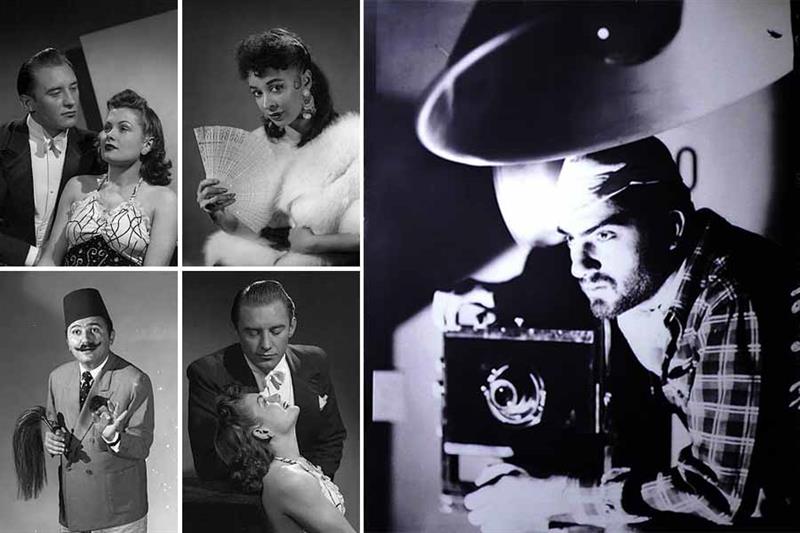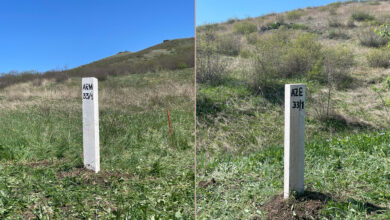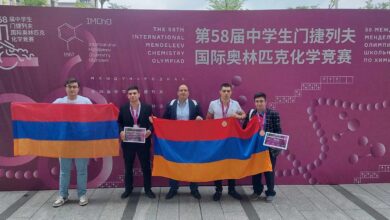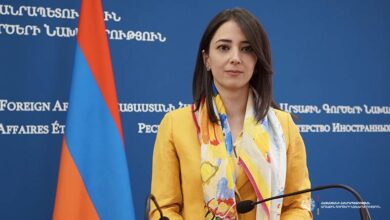
The unique world of the late Cairo-based Armenian-Egyptian photographer Van Léo is captured in an exhibition which continues until 22 February 2022, Ahram Online reports.
The exhibition takes a special approach to the presentation of its hero, as it takes visitors to his studio reproduced in the Future Gallery’s hall at the AUC Tahrir campus, author Dina Kabil writes.
The viewer has an opportunity to explore life and work of Van Léo (1921-2002), while uncovering the place where the photographer took the shots of the intellectual elite of movie stars, those of the nightlife of Cairo theaters and cabarets, anonymous ordinary people, and foreigners living in cosmopolitan Cairo after World War II and until the 1990s.
In fact, the American University in Cairo (AUC) has this whole treasure of thousands of photos in its possession. In 1998, encouraged by his friend, Professor Barry Iverson, Van Léo bequeathed his entire fortune in photographs, his entire studio, to the AUC where his friend was teaching.
“I wanted to recreate his studio in the city center where he had always lived,” explains Ola Seif, exhibition curator and director of the photo library and cinema collection at AUC.
A reproduction of the studio has been carefully planned by the AUC Rare Books Library and Special Collections Managers.
On the left is the art-deco style office where Van Léo was already photographed and where he stored his negatives and photos on the shelves. Further on, the platform on which his clients came to pose.
This preamble to the world of Van Léo is obvious through two very significant photos; the first shows the artist at the top of the pyramid of Giza and the second, a landscape of the famous place Tahrir in the 1940s. Both refer to this Armenian from Egypt belonging to the country and underscoring his special attachment to Cairo, and its city centre in particular.
It was in Cairo that the young Léo van Boyadijian settled in 1927, fleeing the Armenian genocide in the Ottoman Empire. He worked at Studio Venus, then in the family house where he remained close to his brother Angelo. In 1941, the latter left for Paris, and Van Léo founded a new studio which witnessed years of glory and downfall of an entire city.
Known for his indisputable portraits, Van Léo is distinguished by the series of inventive self-portraits which reflect his depths, his inner self. As for the portraits, he captured numerous national figures of the time such as Taha Hussein and Doria Shafik. He also managed to capture the unknown side of big cinema stars such as like Omar Sharif, Rouchdi Abaza, Faten Hamama or Samia Gamal. In each photograph, we feel there is a unique friendship between Van Leo and objects of his works.
The viewers can explore the irreplaceable world of Van Leo at the Future Gallery, American University in Cairo, Tahrir Campus, until 22 February 2022.








